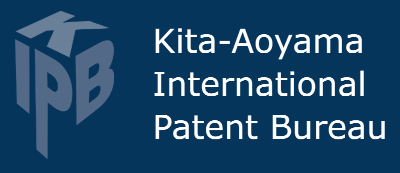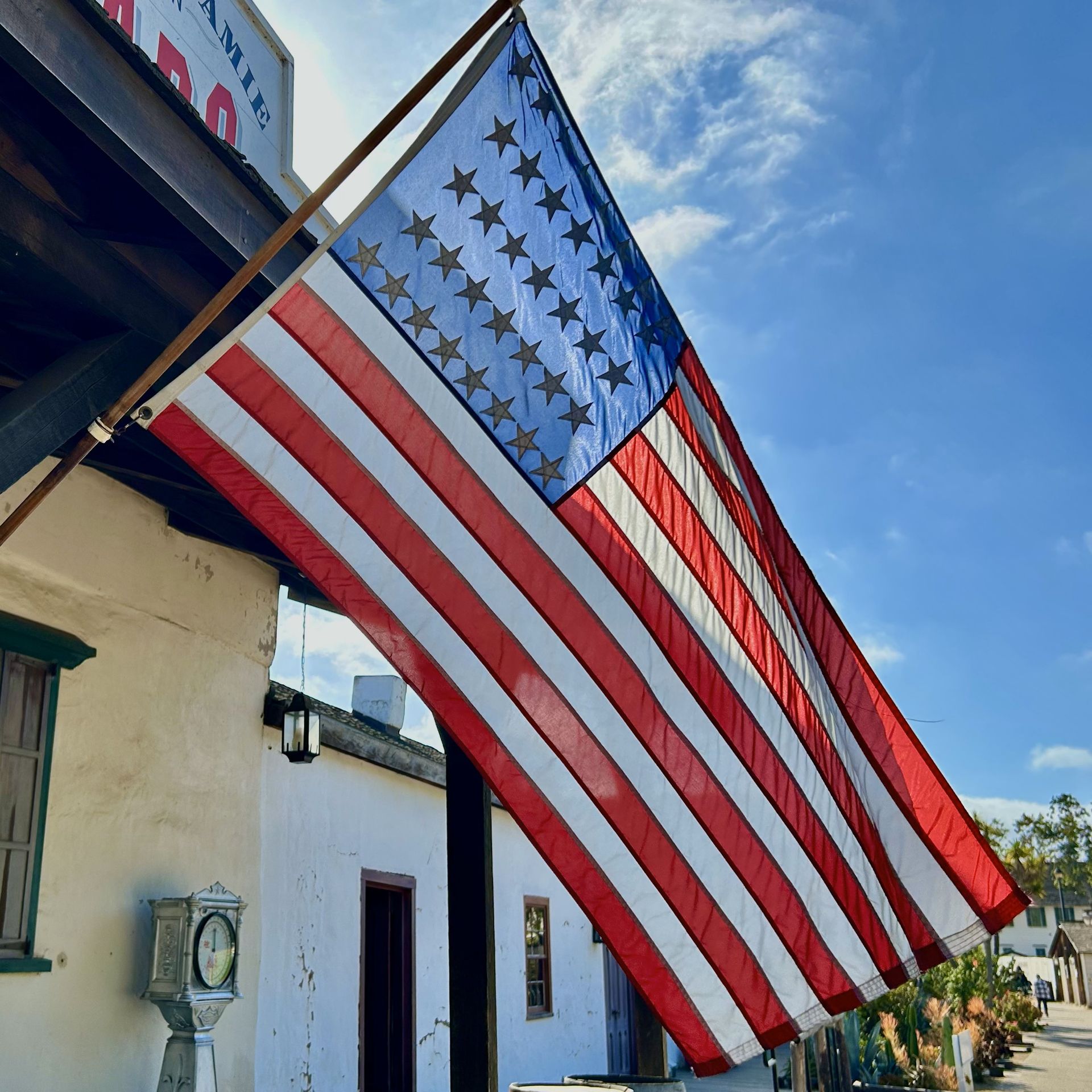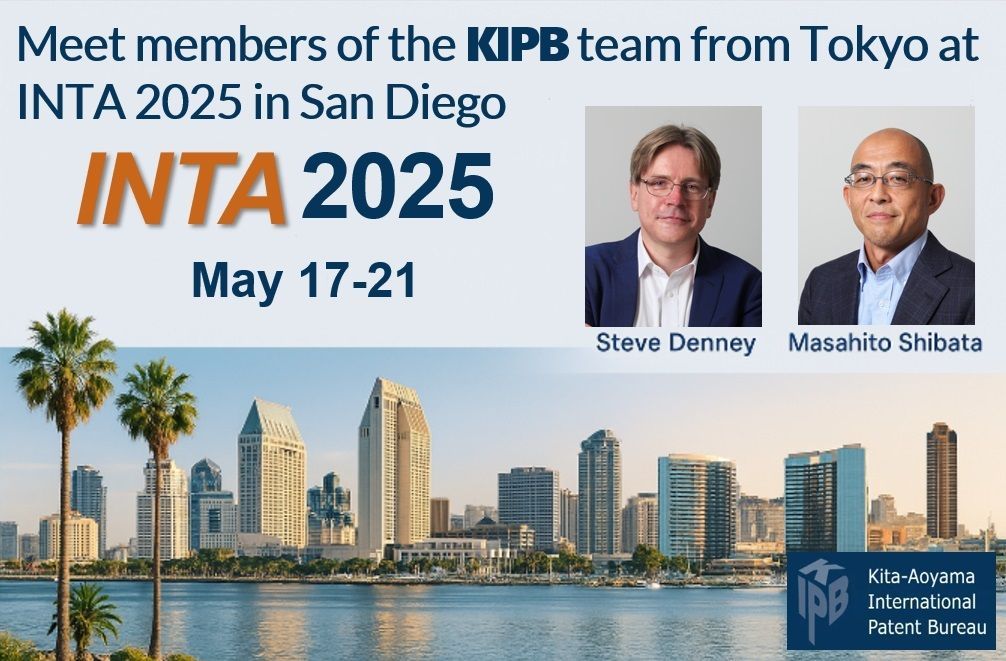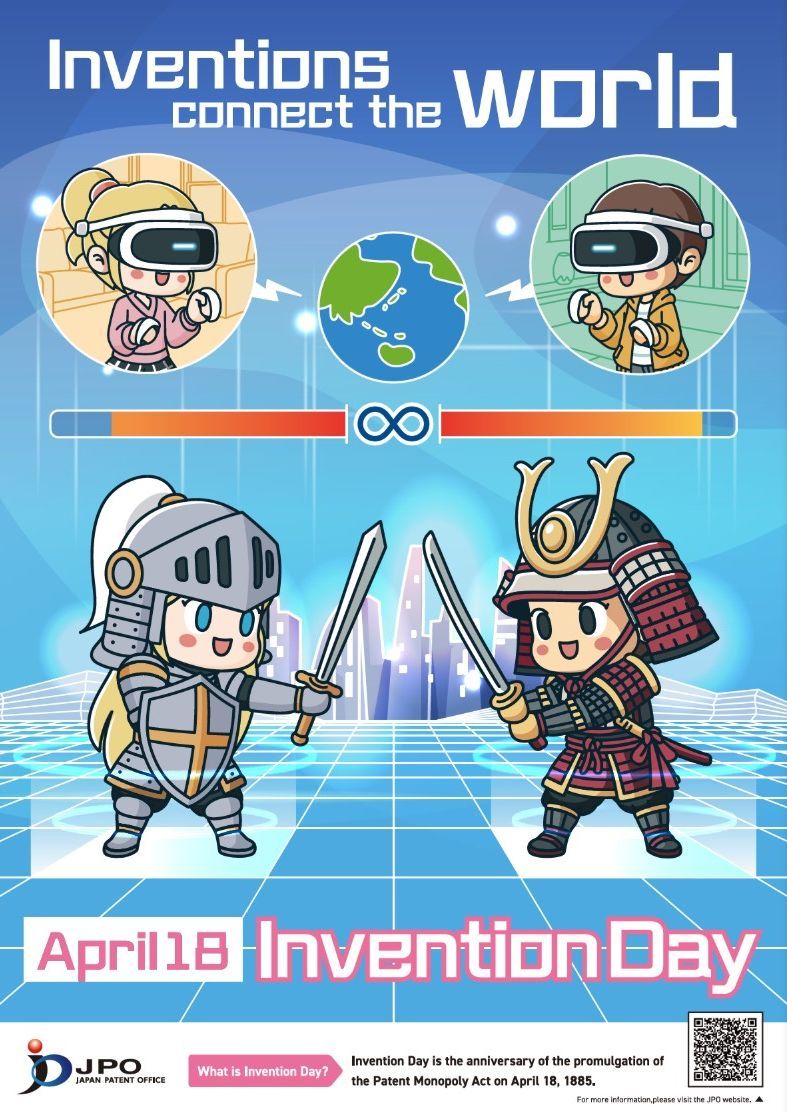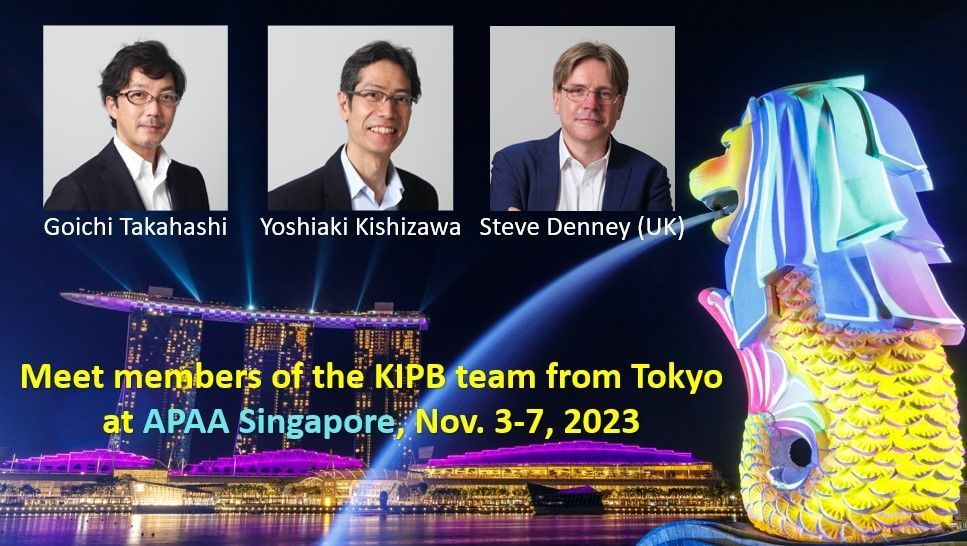To finish, we provide a practical example of how the publication of different patent numbers may influence prosecution based on another question we had from a client. She wanted to know how long it would take for proactive third parties to determine whether a PCT national phase application had been requested in Japan.
As mentioned above, applications based on PCT applications entered at the Japanese national phase are published (and given publication numbers) 7-8 months after the PCT translation has been filed (which can be up to 2 months from the entry date.) Before this, the initial application number is not available to view on the JPO database.
However, some Japanese application numbers may be listed on WIPO’s database PATENTSCOPE two or three months after they’ve entered the Japan national phase, and thus be viewable before they have been published in Japan. (PRACTICAL TIP: if you enter the PCT number on PATENTSCOPE https://patentscope2.wipo.int/search/en/search.jsf - and click the "national phase" tab - you'll see the national phase entries and their nat. application numbers.)
We contacted WIPO for their official take on this, and whilst they did not provide a definitive answer, they referred us to Rule 95 of the PCT Regulations, which states: “the office where an international PCT application had been nationalized should notify WIPO of the national application number "within two months, or as soon as reasonably possible thereafter", of the occurrence of entry, publication, grant, etc.”
Therefore, very
proactive third parties will not likely be able to determine that a Japan national phase entry has been requested for at least this amount of time after the 30-month deadline for national entry into Japan.
